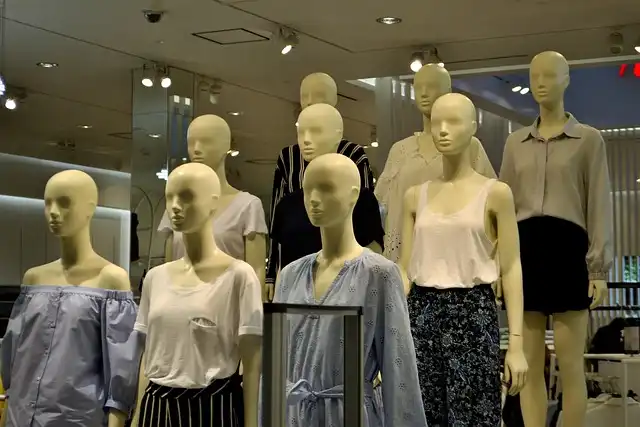Lululemon: Sales Growth & Tariff Impact

Lululemon reports sales growth but anticipates tariff impact, revising revenue expectations. China growth is strong. Margins improved. Stock price affected by tariff concerns.
Very same shop sales bordered up 1%, while worldwide sales climbed up a healthy and balanced 20%, with 21% development in China particularly, where it opened up 3 brand-new shops. Margins increased as item costs sank and cost increased. EPS climbed modestly year over year.
Strong Quarterly Results
That’s despite fairly solid quarterly outcomes uploaded after Thursday’s close, in which chief executive officer Calvin McDonald called out “development across categories, channels, and markets, including the U.S.” Revenue grew 7% to $2.4 billion, and the growth held throughout each of the company’s major categories, females’s clothing, men’s clothing, and devices.
Tariff Impact on Retailers
“Businesses that mainly market product like clothing, footwear, home fabrics and accessories, distributors may have shared as much as 50% of any type of step-by-step toll problem historically,” per an article on Morgan Stanley’s web site. “However this moment, merchants and wholesale brands may need to absorb even more of that weight.”
Revised Guidance and Outlook
What’s the likely perpetrator behind the sinking share rate? Revised support as monitoring anticipates tolls to drag out revenues in the 2nd half of the year. Lululemon now anticipates extra modest revenues in the second fifty percent of the year, with chief executive officer McDonald claiming on the call, “We did lower our op margin for the complete year from 100 basis factors decrease year over year to 160. That’s all driven by the web effect of tariffs.”
Monitoring’s remarks and shifting projection falls in line with Morgan Stanley (MS-1.00%) research study recommending that garments retailers will have a hard time to deal with the results of the White House’s profession wars.
1 China2 Lululemon
3 revenue
4 sales growth
5 Suggested Retail
6 tariff impact
« Retirement Savings: Gen Z Boosts Savings Amid Market VolatilityAI Marketing, iPhone Evolution, and Tech Innovations »
